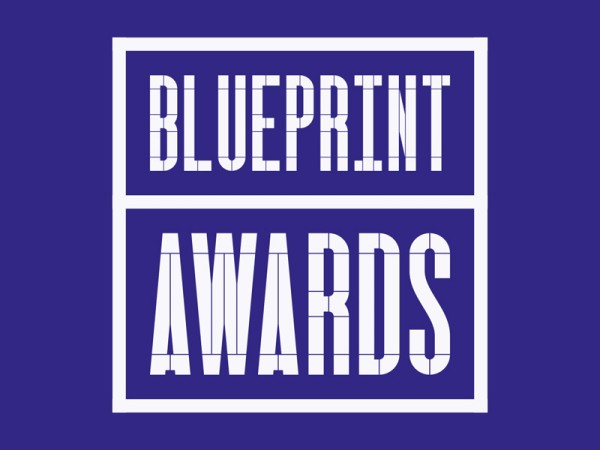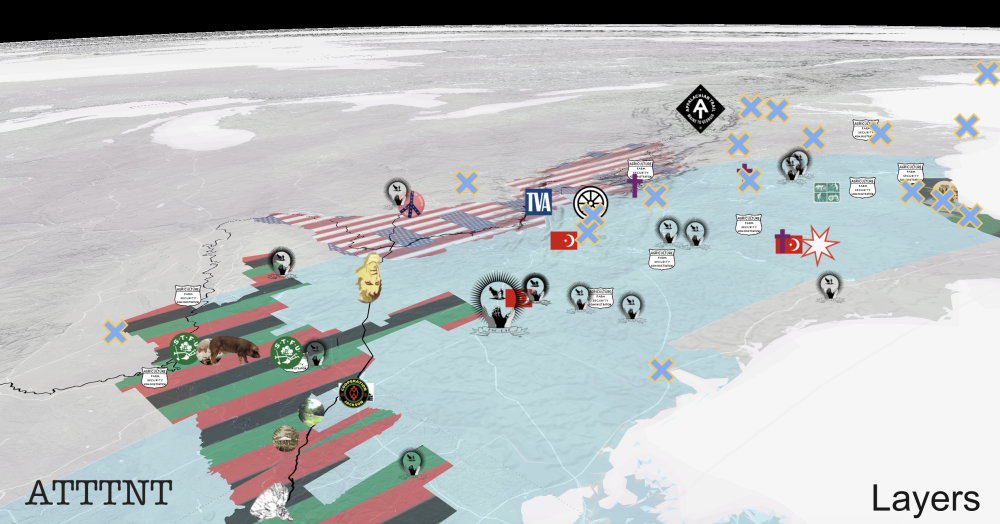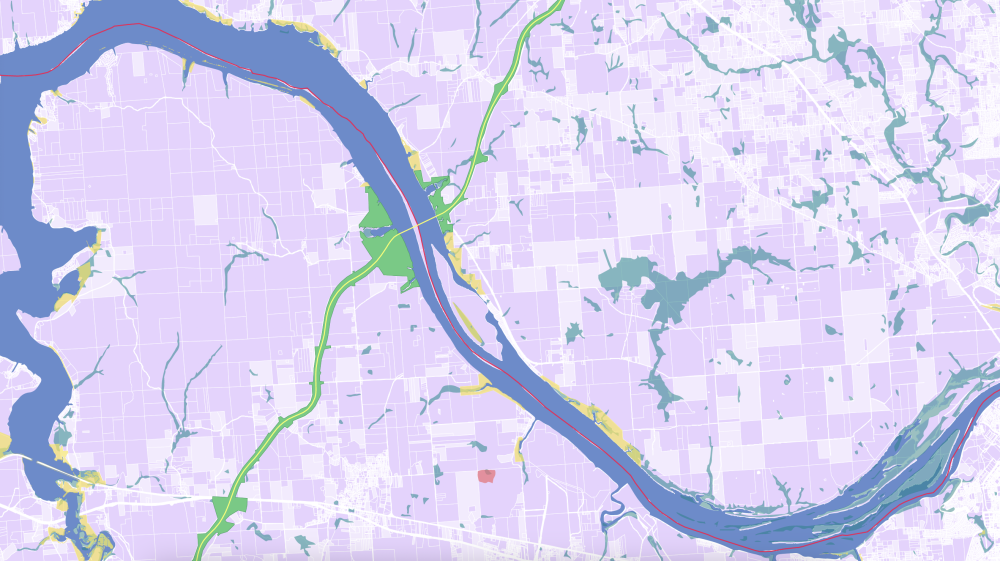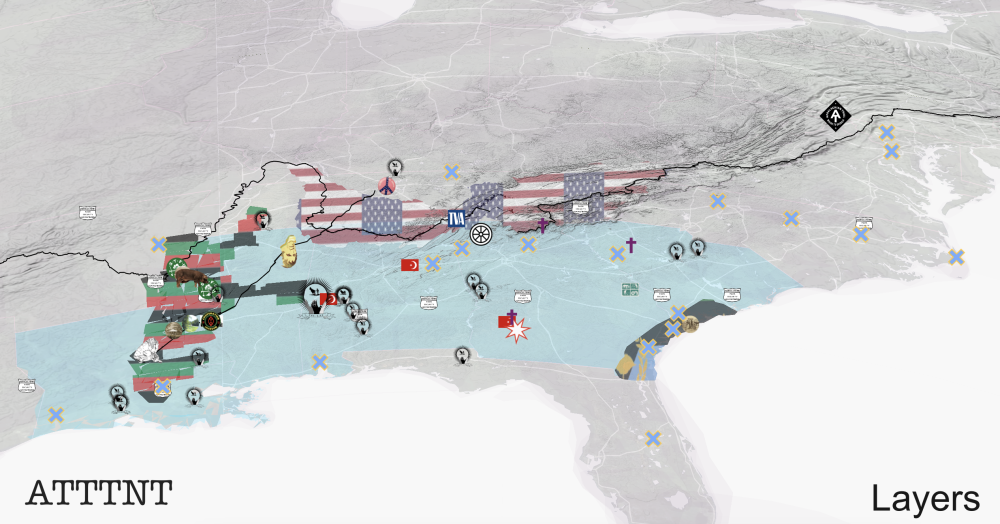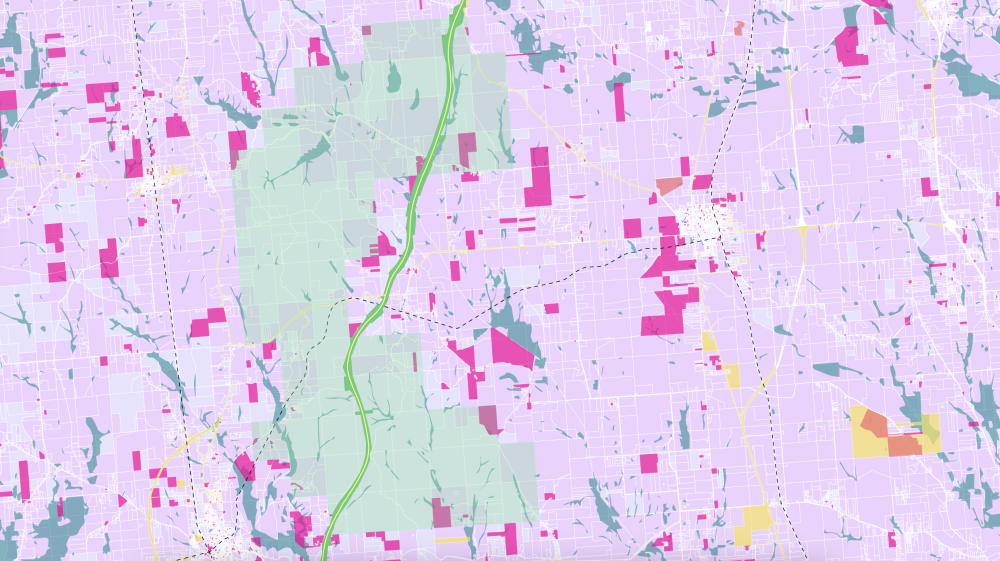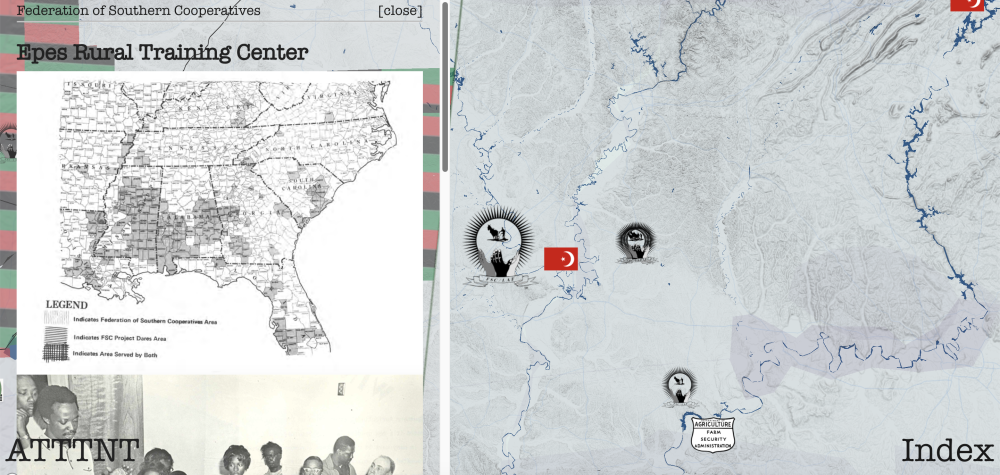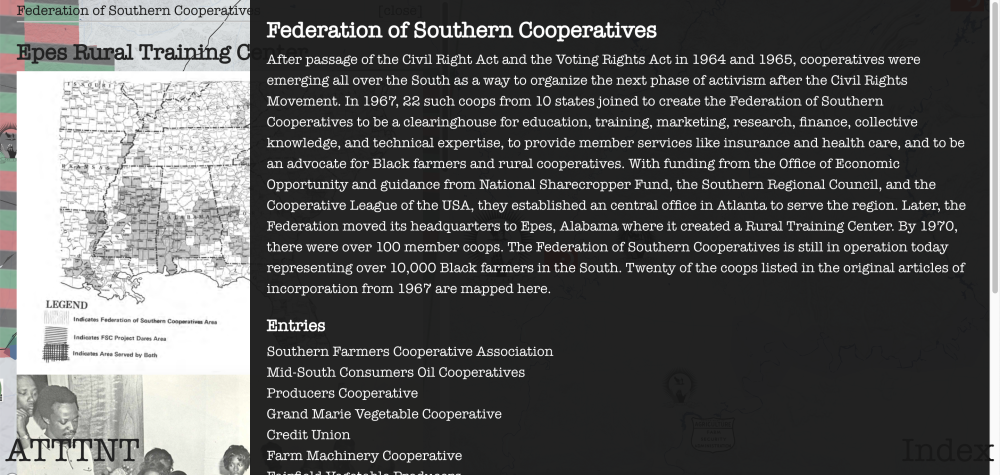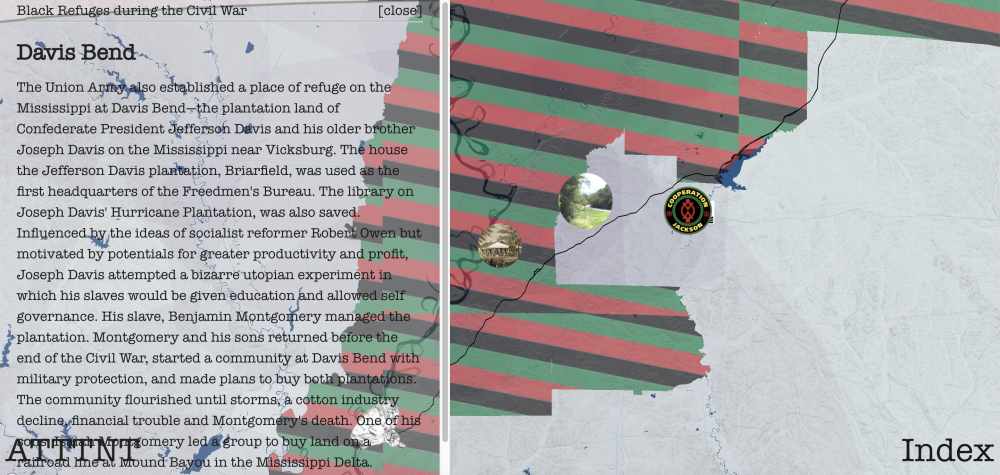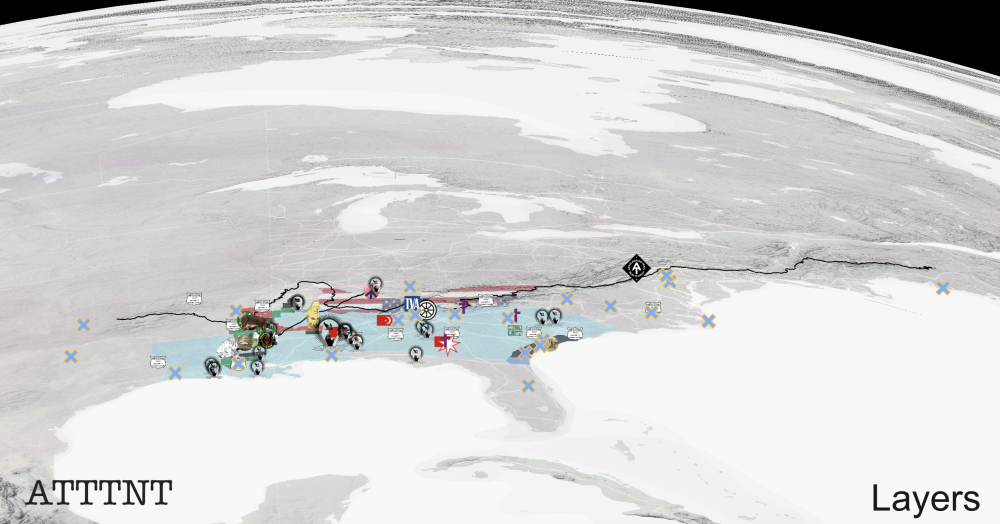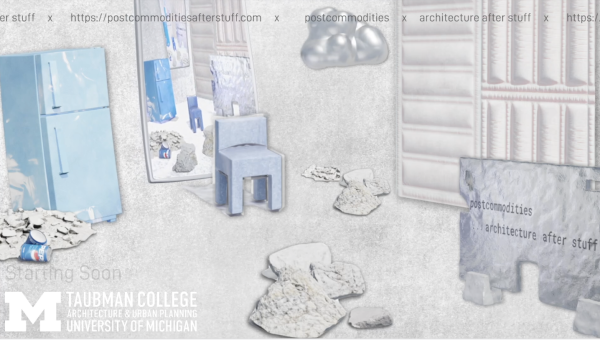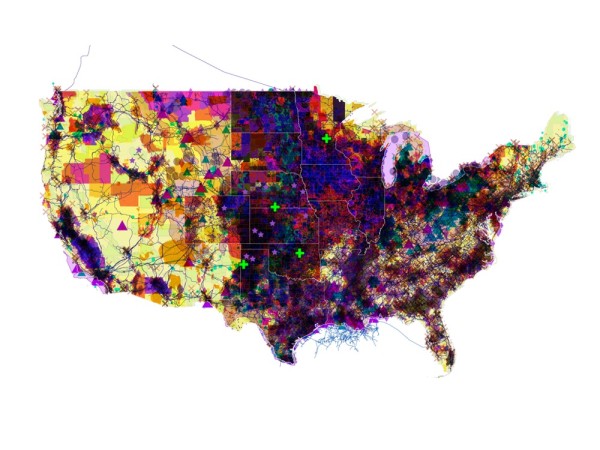ATTTNT: Land Reparations Infrastructure
February 1, 2025
A new book project called Trust Land researches a period of land activism after the Civil Rights Movement that linked the US South and the Global South.
Black land ownership in the US dropped from 15 million acres in 1910 to 3 million acres in 1970. In the 1960s, among the many activists who traveled to the South to fight for civil rights, some remained to expose forms of land theft and support the Black economy with cooperative organizations that linked the US South with the Global South. A constant undertow of white violence, abetted by government agencies, prevented further retention or restoration of land, but the detailed work, often in collaboration with HBCUs, identified land assets and developed land-holding organs and Black institutions to manage those resources.
Returning to areas weighted with multiple traditions, the work, when reconstructed begins to materialize a special infrastructure possessing the superabundant values of land, community, and education—an infrastructure as worthy of public investment as infrastructures of concrete and conduit. And as a planetary formation it renews global political solidarities from the 1960s and 70s to address root causes of climate change.
But this infrastructure is also a scar that does not try to cover over its ugliness and pain. Both recalling and foretelling, it marks more patterns of harm and debt to add to those of slavery while demonstrating how they are all inextricably linked to future climate dangers. It simultaneously gives shape to these patterns as well as the reparations and preparations to address them. It is a remarkable gift, as yet unopened, offering incalculable values to diffuse contemporary binaries and address an incalculable debt.
Given the coincidence of this Black Belt land with large federal land holdings, the project, in collaboration with Morgan State University, begins by reclaiming three ribbons of public land—the Appalachian Trail (AT), the water route of the Trail of Tears (TT), and the Natchez Trace Parkway (NT). A 3000 mile long formation, this ATTTNT, previously scripted with white supremacist narratives, might now have a reckoning with Black and Indigenous histories and serve as a loose aggregator or reference point for the patchy formations and stories that lie as satellites around it.
Beyond academic research, the site hopes to galvanize a campaign for this infrastructure of reparations land—assets deployed locally or remotely, organized in land holding organs invented during the period, and managed by the very black institutions that originally led the land activist movement.
Morgan State/Yale Partners: Samia Kirchner and Keller Easterling
Website team: Keller Easterling, Alvin Ashiatey, Bianca Ibarlucea, Nicholas Arvanitis, Hima Goburru
